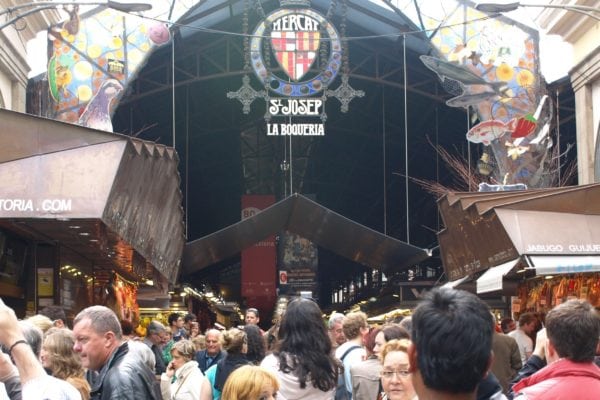Skift Take
The reason that a person chooses McDonald's over Wendy's more often than not comes down to the money. Wherever that dollar can travel further, that's where the customer will go.
— Erika Adams
Why does a diner choose McDonald’s over Wendy’s, or Pizza Hut over Papa John’s? According to a new research report from Publisher’s Clearing House, the answer often lies in which chain is willing to offer financial incentives to bring more customers into their restaurants.
Publisher’s Clearing House, a direct-to-consumer company that runs sweepstakes and contests for consumers in partnership with a range of leading U.S. brands, surveyed 2,600 members of the company’s online community in October 2018 to build a profile of consumer behavior as it relates to spending and quick-service restaurant chains.
The survey results showed that monetary incentives are a powerful driver for bringing more new customers into a restaurant chain. 50 percent of women and 44 percent of men said that they’d be willing to try a new restaurant if some sort of financial reward was offered. 19 percent of both men and women surveyed said that they’d be willing to try a new place if there was a loyalty program offered.
Promotions and TV advertisements were revealed to be the least effective way to drive new customers into a restaurant, when compared to offering coupons, having a loyalty program, or running contests.
Building Loyalty Is Crucial to Future Success
When it comes to brand loyalty between chains, the survey showed that, more often than not, customers were fine with frequenting other places even if they identified as regular customers of one chain.
45 percent of people identifying as McDonald’s customers were also willing to dine at Burger King. 39 percent of the same customers were also willing to try out Wendy’s. 25 percent of regular Domino’s customers were also willing to go to Pizza Hut, and 24 percent of the same Domino’s customers were also willing to spend their money at Little Caesar’s.
Since loyalty to one brand simply because of the name is not a major factor in choosing which quick-service restaurant chain to dine at, that’s where the financial incentives come in, either through coupons or longer-term loyalty reward programs.
Burger King offered a one-cent burger promotion last month that was successful on multiple fronts: it drove customer traffic due to the savings offered, and it attracted plenty of press attention because the marketing angle took potshots at McDonald’s. On the loyalty rewards front, Starbucks has long been the poster child for running an effective loyalty program that drives longterm customer engagement and builds relationship quickly with new customers.
“Loyalty programs are definitely something that is proven that is working,” said Heather Macaulay, head of brand solutions at PCH. “Getting rewards and creating winning moments, feeling that happiness and that positivity that you get from having that 10th or 100th coffee free. It’s great for companies to have that relationship with the consumer.”
Building Better Relationships With Infrequent Diners
The majority of the survey group stated that they only eat at quick-service restaurants a couple times or less per month. Figuring out how to hook that discerning group is going to be a big differentiating factor in sales for quick-service restaurant chains.
“These are big numbers and represent a substantial revenue stream,” the report stated. “Creating programs that appeal to this audience and incentivize them to increase their frequency of visits is the next big thing for quick-service restaurant marketing. Whoever gets there first will have a significant advantage.”




